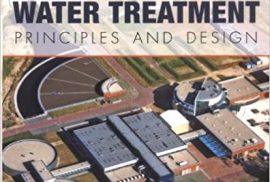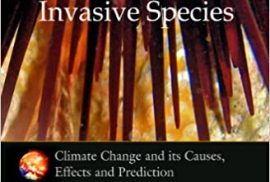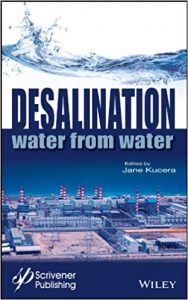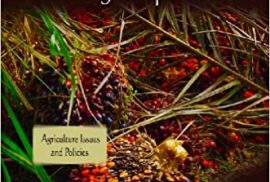Title : Water Treatment Principles and Design
Author : John C Crittenden; Montgomery Watson Harza (Firm)
Publisher : Wiley; 2nd edition (February 1, 2005)
Language : English
Volume : 1968 pages
ISBN : 978-0471110187
The one-stop resource for all aspects of water treatment engineering-from theory to practice
Completely revised and updated to address current practices and technologies, Water Treatment: Principles and Design, Second Edition provides unique coverage of both the principles and theory of water treatment, as well as the practical considerations of plant design and distribution.
Written by the world’s leading water engineering firm, Water Treatment: Principles and Design, Second Edition presents the breadth of water treatment engineering-from the theory and principles of water chemistry and microbiology to in-depth discussions of revolutionary treatment processes to concise tips for plant and network design. Material has been extensively updated and revised in response to regulatory requirements and growing public awareness, particularly in the areas of disinfection, membrane filtration, disposal of treatment plant residuals, and basic microbiology with an emphasis on human pathogens and diseases.
Water Treatment: Principles and Design, Second Edition provides an essential textbook for students and a reliable resource for environmental and water resources engineers.
Table of Content:
Introduction —
Physical and chemical quality —
Microbiological quality —
Water quality management strategies —
Fundamentals of chemical reactions —
Reactor analysis —
Introduction to separation processes and mass transfer —
Chemical oxidation and reduction —
Coagulation, mixing, and flocculation —
Gravity separation —
Granular filtration —
Membrane filtration —
Disinfection —
Air stripping and aeration —
Adsorption —
Ion exchange —
Reverse osmosis —
Disinfectation/oxidation byproducts —
Removal of selected constituents —
Residuals management —
Internal corrosion of water conduits —
Synthesis of treatment trains: case studies from bench to full scale —
Appendix A: Conversion factors —
Appendix B: Physical properties of selected gases and composition of air —
Appendix C: Physical properties of water —
Appendix D: Federal regulations that pertain to drinking water —
Appendix E: Summary information for advanced oxidation —
Appendix F: U.S. Environmental Protection Agency Ct values for various disinfectants —
Appendix G: Adsorption isotherm parameters K and 1/n for liquid phrase —
Appendix H; Atomic weights.









